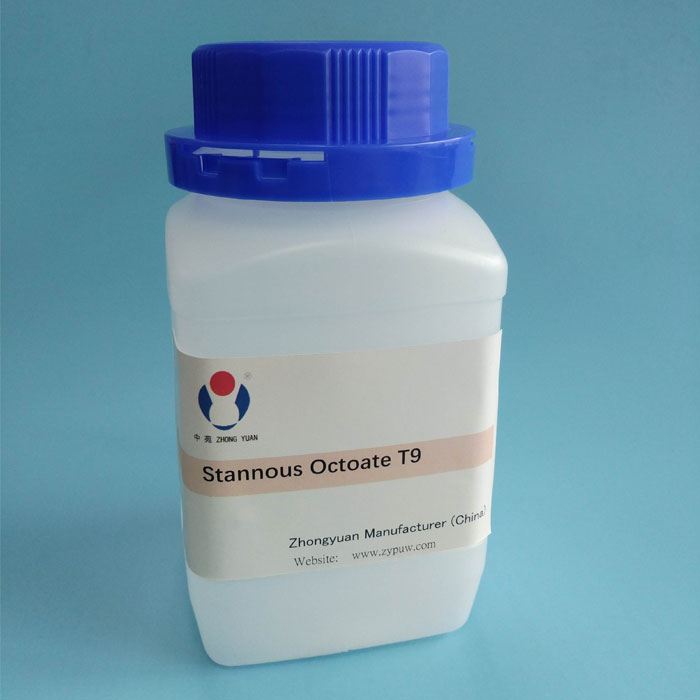Key points about stannous octoate
2024-01-08
Stannous octoate, also known as tin(II) 2-ethylhexanoate or tin(II) octoate, is an organotin compound commonly used as a catalyst in various chemical reactions, especially in the field of polymer chemistry.
Here are some key points about stannous octoate:
1. Catalyst in Polyurethane Production: Stannous octoate is frequently employed as a catalyst in the production of polyurethane foams, coatings, adhesives, and elastomers. It facilitates the polymerization reactions that lead to the formation of polyurethane materials.
2. Curing Agent: It is used as a curing agent in the manufacture of certain types of resins and coatings. In this capacity, it helps initiate cross-linking reactions, contributing to the curing or hardening of the final product.
3. Cross-Linking Agent: Stannous octoate can act as a cross-linking agent in the synthesis of certain polymers, enhancing their mechanical and thermal properties.
4. Polymerization Catalyst: In addition to polyurethane synthesis, it may be used as a catalyst in other polymerization processes, promoting the formation of polymers from monomers.
5. Color and Stability: The choice of stannous octoate as a catalyst is often influenced by its relatively low color, which is advantageous in applications where the final product's appearance is important. It also exhibits stability under typical processing conditions.
It's important to note that while stannous octoate is widely used, precautions should be taken as organotin compounds can have toxic effects. Users should follow recommended safety guidelines and handle these compounds with care.
The use of specific catalysts, including stannous octoate, may vary depending on the industry and the intended application. Always refer to relevant safety data sheets and guidelines when working with such chemicals.



